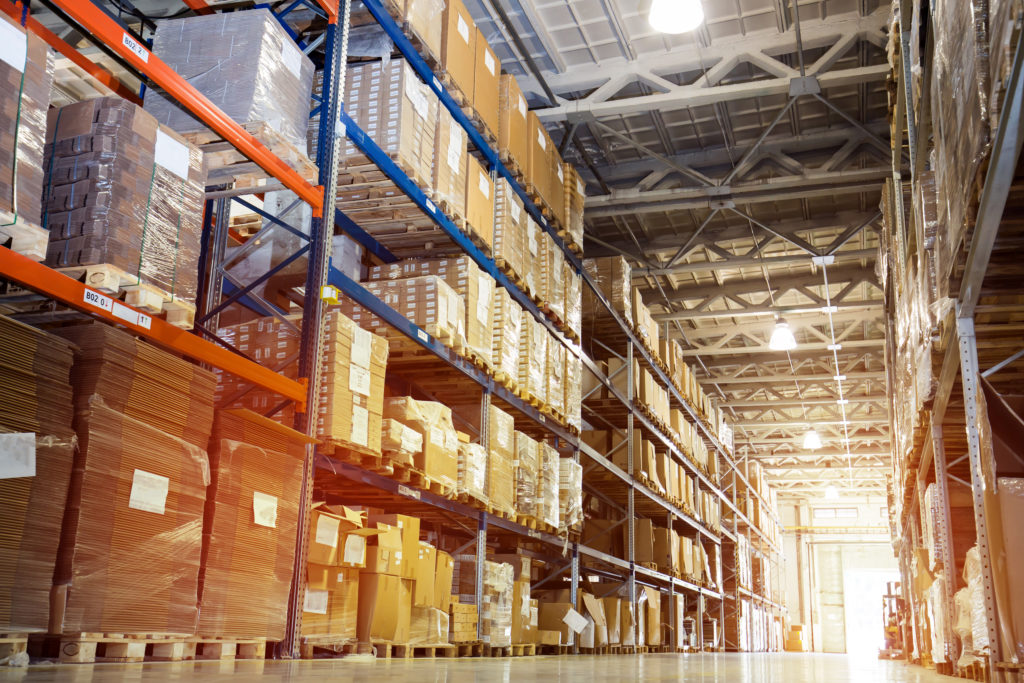What is Warehouse Logistics? Challenges and Agile Solutions

What Warehouses Do
Warehousing is the process of storing inventory for distribution. All kinds of businesses rely on warehousing to keep their inventory safe. But, warehouses are not just for storage.
Strategic warehousing also allows businesses to reduce delivery times and shipping costs. Businesses can save money several ways with effective warehousing. For example, warehouses may store product temporarily before shipping to another warehouse or retail location.
Finally, warehouses may also function as distribution centers. In this case, warehouses may pick, pack, and ship product directly to end consumers.
No doubt, warehousing is key to any successful supply chain. Yet, many businesses lose money with poor warehousing management. Goods that arrive damaged, late, or not at all lead to customer complains. And, with so many options out there, customers will just seek to do business elsewhere.
Keeping Your Supply Chain Moving
Warehouse logistics means managing the flow of inventory in your warehouse correctly in order to meet business goals. With an optimized warehouse, shipments are delivered on time and returns are processed smoothly.
Warehousing Challenges: Omnichannel Fulfillment
From incorrect inventory information to poor warehouse layout, mistakes in logistics can cost you money and cause disruptions to your supply chain. Customers want their orders fast, even in these challenging times. And if you can’t deliver your goods on time, they’ll find someone else who will.
Brick-and-mortar retailers need to provide exact inventory on their shelves. They need to be able to restock shelves at busy times, like during the holidays, even if their own suppliers are slow to produce new product. And, with e-commerce accounting for nearly 16% of U.S. retail sales, companies need to be able to deliver (and exchange) goods on time to their customer’s door steps.
In addition, the cost of shipping is more expensive than ever. Today’s consumers expect shipping to be both free and fast. If it’s not, they’ll take their business elsewhere.
Warehousing Challenges: Political and Economic Events
Railroad, warehouse, and dock strikes always threaten the supply chain. And, in 2023, Bloomberg News predicts that such labor unrest may cause additional supply chain disruptions. Inflation and the war in the Ukraine are further disrupting world economics. It can be hard to navigate your supply chain in such a turbulent environment.
Optimize Warehouse Logistics
To keep your deliveries running on time, optimize your warehouse logistics. Or, in other words, make a plan to ensure that your warehouse is running as smoothly as possible. To do this, first create a strategy that aligns with your business goals. Then, assess and organize your space right. Finally, measure your logistics performance and troubleshoot as needed.
Make a Plan
Begin by analyzing your current warehousing system. Make sure that you are measuring all objectives and progress against your business goals. For example, know who your customers are and where they are located. In addition, know your order volume and the current cost to inventory and deliver those shipments.
Assess Your Space
Next, consider how effectively you are using your space. Check that your warehouse is close enough to your customers to ensure efficient delivery times. Next, map your warehouse to determine how your shipments are being inventoried and processed for delivery. Label all spaces, including aisles, pallet racks, shelves, and containers.
Track Your Inventory Right
To run an efficient warehouse, it’s essential to have real time tracking of your full inventory. With omnichannel fulfillment, you must be able to see your inventory in real time in order to meet your customers’ ever changing needs. Make sure to implement effective warehouse management system (WMS) to track your inventory.
The right WMS will track inventory, manage orders and shipments, and track inventory in real time using specific metrics, like SKU and pallet location. With the right technology supporting your business goals, you can streamline productivity for optimal efficiency.
Measure Your Performance
Many metrics can measure your warehouse performance. The specific metrics that you choose will depend on your own objectives. Common metrics include: inventory, receiving, put away, fulfillment, and warehouse safety.
Improving Your Bottom Line
Optimizing your warehousing will reduce overhead costs and lead to greater customer satisfaction. An efficient warehouse will streamline your inventory system, make the best use of your space, and track and troubleshoot your performance. All to keep your business running on schedule.
AmerTrans Logistics: Agile Solutions for Your Warehousing Needs
At AmerTrans, we have the warehousing and distribution solutions to meet your needs. We’ll study your warehousing operations and streamline your distribution process. Together, we’ll strategize a plan based on your specific business objectives.
Then, we’ll organize your space for maximum efficiency. Finally, we’ll set you up with our cutting edge warehouse management system so that you can track your inventory in real time.
When you work with us, you’ll receive a customized plan fit for your business. We’ll be able to accurately measure your performance-and troubleshoot any issues-every step of the way.
Warehousing is an essential part of your supply chain—one that you can’t afford to neglect. Contact us today, and together, we’ll create a plan that will streamline your warehousing for maximum efficiency.
Related Articles
General
Finding the Best Freight Forwarders Near Me

What Freight Forwarders Do GETTING SHIPMENTS ACROSS THE GLOBE Freight forwarding systems are logistics companies that help to get large shipments anywhere in the world. The right logistics company will provide freight forwarding to manage all the details of your shipment and coordinate with any specialized third party shipping services that you might need. Freight […]
Read MoreGeneral
Transform Your Supply Chain With Outsource Logistics

The Benefits of Logistics Outsourcing: The Importance of Logistics Operations in Business between Logistics Service Providers Do you have customers looking for services outside of your capabilities in your local market or for a service you do not currently support? At AmerTrans we understand how essential it is for your logistic operations to flow seamlessly. […]
Read More
